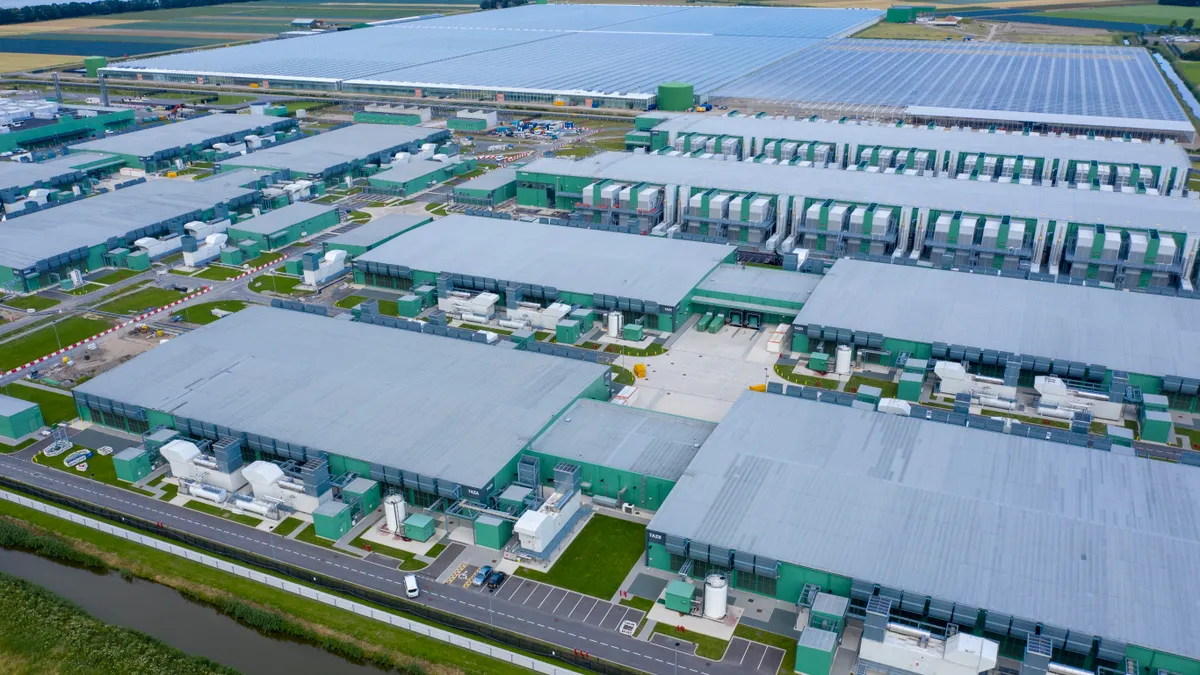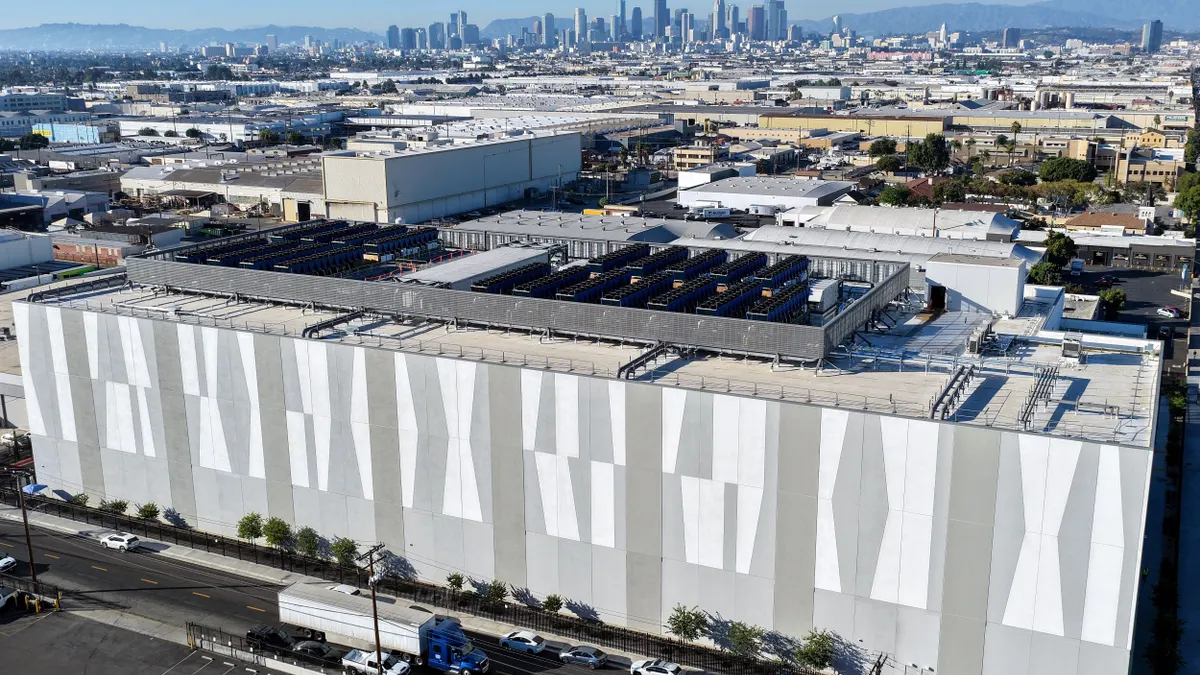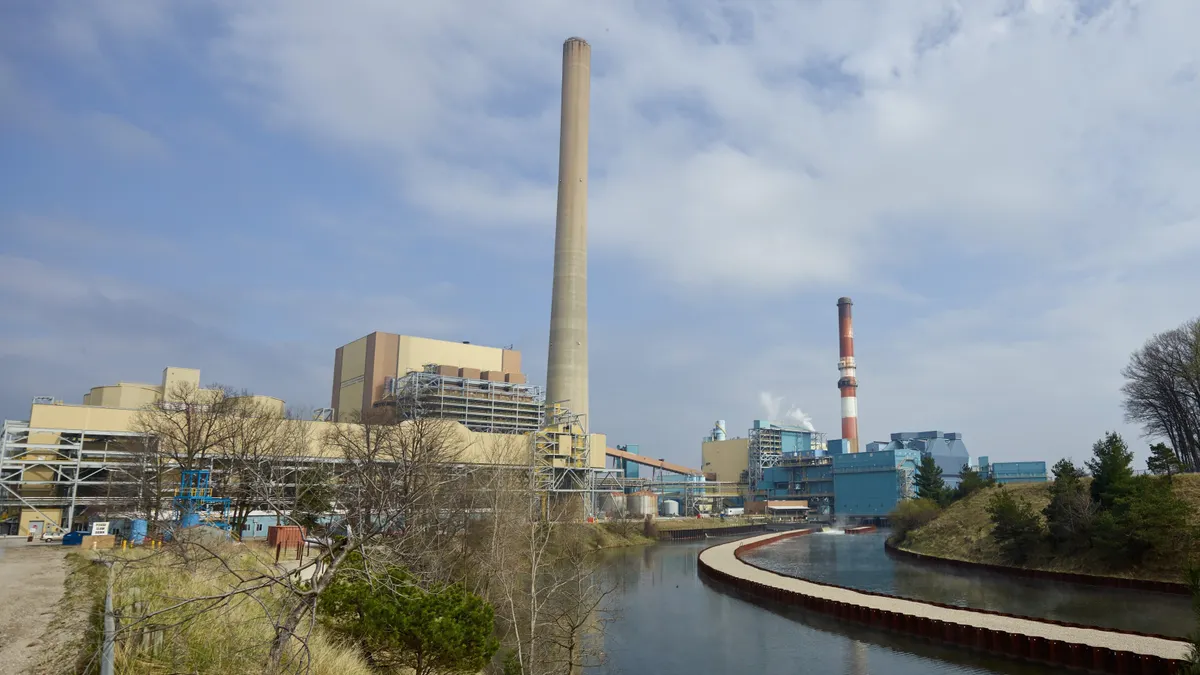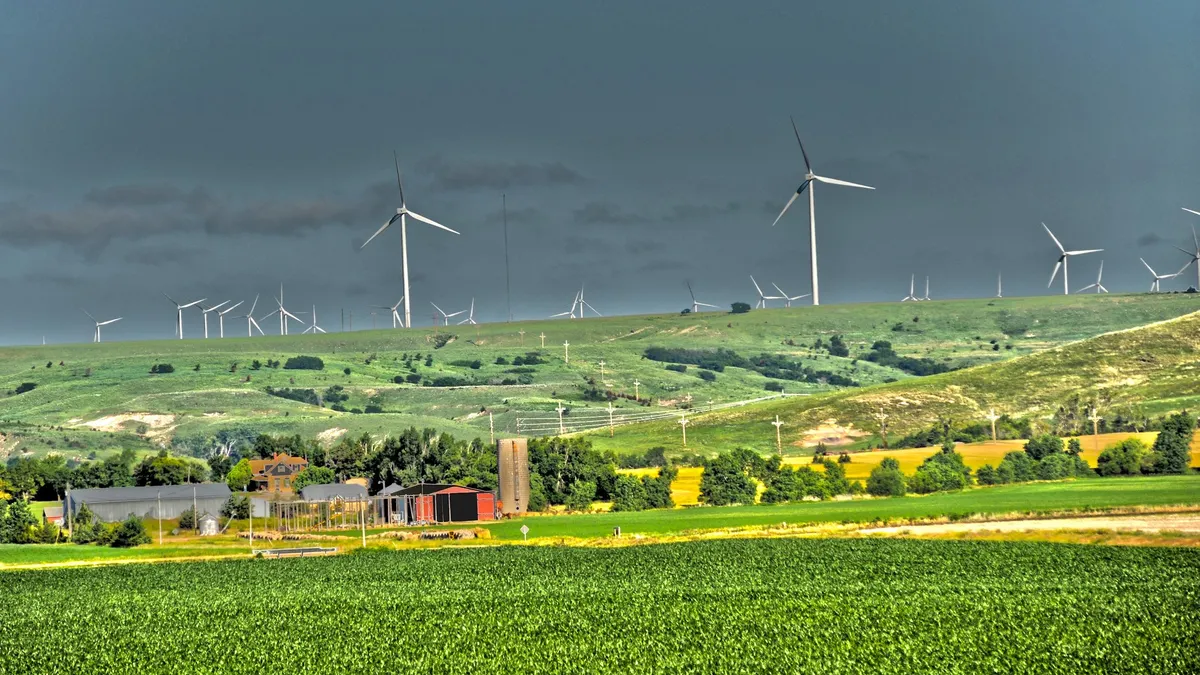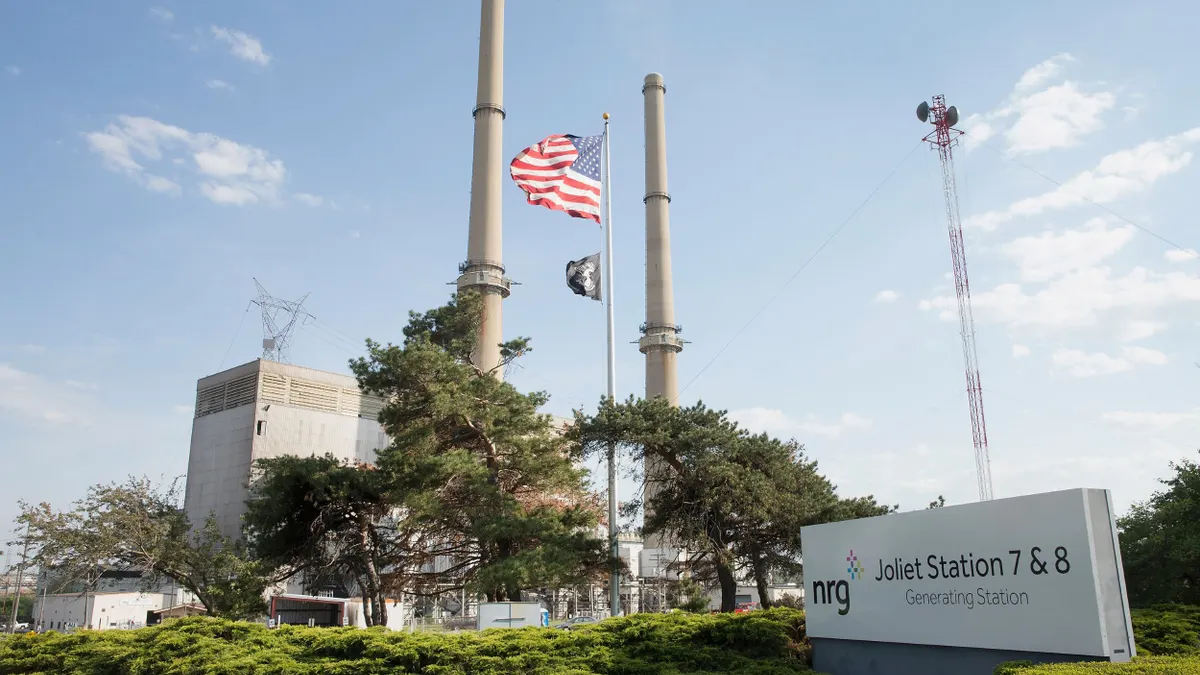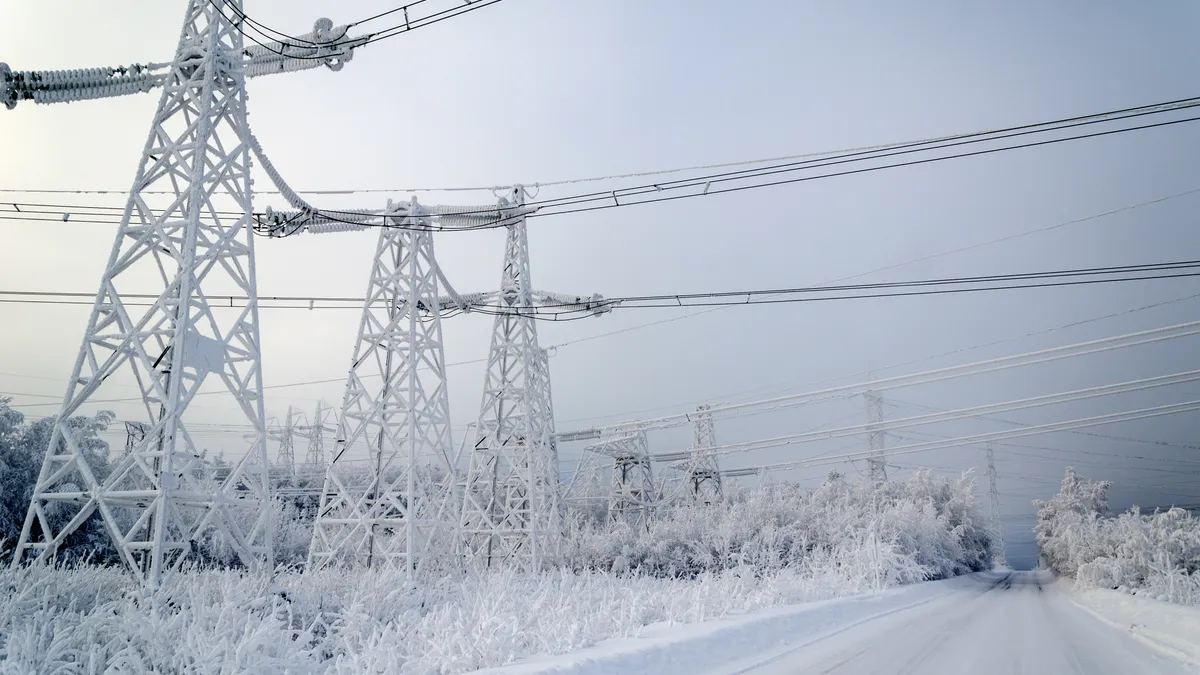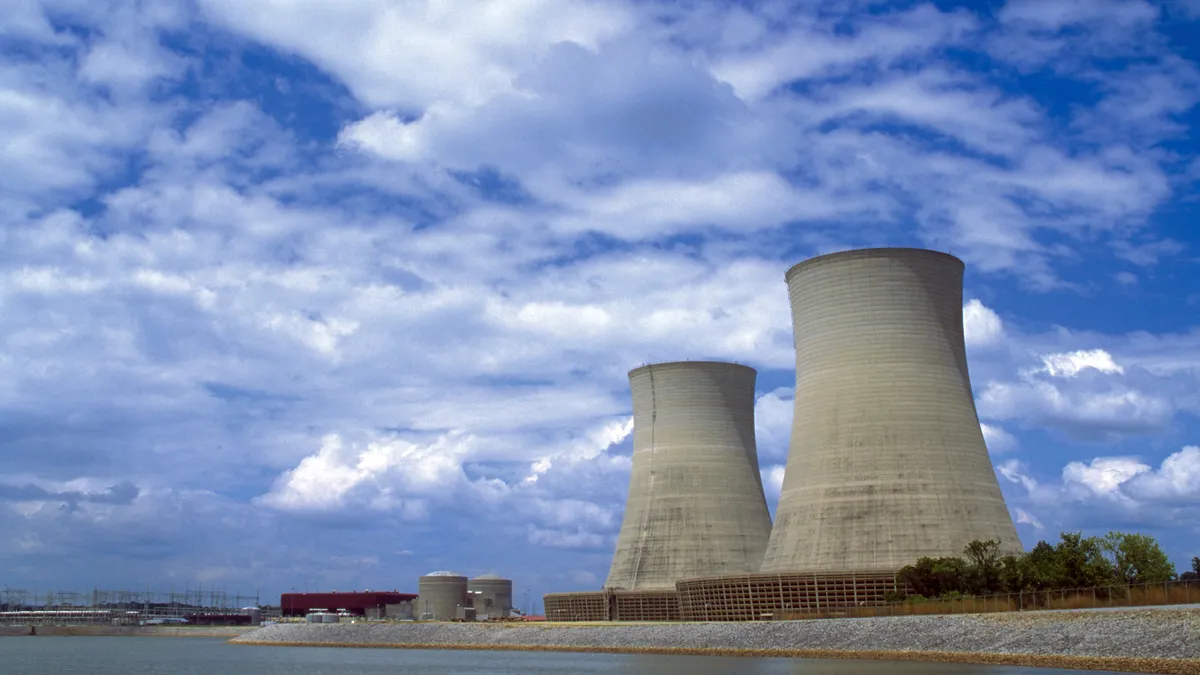Nainish Gupta is director of renewable energy certificate portfolio and regulatory compliance at POWWR.
The Three Mile Island nuclear power plant on the outskirts of Harrisburg, Pennsylvania, is the site of the worst commercial nuclear accident in U.S. history. The 1979 calamity, which released radioactive material into the environment, cast nuclear energy as a dangerous endeavor that few organizations pursued. Now, after years of plants shutting down, nuclear energy is experiencing a renaissance.
Three Mile Island will be restarted in 2027 as the Crane Clean Energy Center, in part to power data centers after a power purchase agreement with Microsoft. Meta also saved a nuclear plant in Illinois that was in danger of closing after signing a 1.1 GW deal. These two major deals signal a growing trend of hyperscalers embracing nuclear power and driving forward expansive new growth.
While nuclear offers stable power with low-carbon emissions, the potential for it to truly reshape the energy market and fulfill the promise of a renaissance requires overcoming complex operational, financial and workforce challenges.
Data centers driving the demand
Recent policy support from the Trump administration has accelerated nuclear development at a new speed, but the increased investment has been on the horizon for years. In 2023, under the Biden administration, the U.S. joined more than 20 other countries in a pledge to triple global nuclear energy capacity by 2050 to reach climate goals. Countries have been trying to figure out how to feed a surging demand for energy across the world without hurting the environment, and they’ve turned to nuclear power to fulfill that need.
But what’s different about the surge we’re seeing now is the sheer pace at which companies want to get these plants up and running again. They’re trying to keep up with demand to power the data centers needed to support the explosive growth in artificial intelligence and cloud computing. According to Goldman Sachs, AI alone will drive a 165% increase in power demand for data centers in the next five years.
The demand for this power has created a unique dynamic where tech companies are willing to invest hundreds of millions of dollars in upgrading nuclear facilities that have been offline for years in exchange for long-term power purchase agreements. Unlike traditional utility customers, these companies can sign decades-long contracts that justify the substantial upfront investments required to bring aging nuclear infrastructure back online.
The realities of bringing plants back online
There are 94 operating nuclear reactors in the United States and 18 reactors that are retired or are in the process of retiring. Almost half of the retired/retiring reactors are currently undergoing Nuclear Regulatory Commission evaluation to restart. The rest are older and would be too costly to touch. But even so, the ones that could be restarted have been mothballed for years and require hundreds of millions of dollars in upgrades and a lengthy project timeline to be powered up again.
Think about any building that has been boarded up for at least five years. No matter the condition, repairs, upgrades, and inspections are needed. That need is exacerbated at a highly specialized and sensitive building like a nuclear power plant. Decommissioned facilities need to restore operating licenses, meet regulatory compliance standards, and fix a major vulnerability: the lack of modern cybersecurity standards.
The environment we’re in now of sophisticated cyber threats is a whole new world compared to when some of these older plants last operated. Cyberattacks on U.S. utilities reportedly jumped 70% last year. Major upgrades need to be put in place so the plants aren’t left vulnerable to bad actors.
Another bottleneck is the supply chain. The capacity to produce uranium rods was scaled back during nuclear's decline, and rebuilding this manufacturing infrastructure will take time. These are not components that can be quickly sourced from existing inventory; they require specialized facilities and rigorous quality controls.
An equally daunting challenge is human capital. Most experienced nuclear power plant operators retired when facilities shut down over the past decade, taking all of that institutional knowledge with them. Training new operators won’t happen overnight. These are highly specialized positions requiring extensive certification and experience with complex safety protocols. The situation is further complicated by competition from other sectors offering better incentives for nuclear engineers, making it difficult for utilities to attract and retain talent.
Why a broader energy mix still matters
Once the industry gets past these obstacles, even the most optimistic nuclear scenarios cannot eliminate the need for a diverse energy portfolio. Though some natural gas and renewable power projects back off during this time, we’ve also seen continued growth. In Texas, the state’s energy fund just approved its first loan to fund a 122-megawatt natural gas power plant that is projected to begin operations by 2027.
A surge of investment in nuclear power does not mean that it will take over all other resources. Different technologies serve different purposes for grid operations. Nuclear provides excellent baseload power, but grids also need flexible generation that can ramp up and down quickly to match demand fluctuations. Solar and wind, despite their intermittency challenges, remain cost-effective for many applications and will continue to play essential roles in the energy mix.
Even where nuclear development is feasible, the long lead time for a plant to become operational means that other technologies must fill the gap during the years-long transition period. Energy security requires multiple sources operating in concert rather than betting everything on a single technology.
Reshaping the energy market and future financing
Data centers have handed nuclear something it's rarely had: customers willing to pay upfront for guaranteed power over the long haul. Instead of hoping subsidies stick around, companies are putting money behind their need for reliable electricity. It creates a financing model built on genuine market demand. If this proves successful, it could shape the future financing of projects from industries beyond tech companies.
With this demand bolstering the industry, the major concern is that projects to restart nuclear plants will be sped up to keep pace. But they cannot be rushed. Success will require policy support, sustained investment in workforce development, reinforcing the supply chain, and patience to deal with inevitable delays and cost overruns that characterize major infrastructure projects.
The real test will come in the next decade as these ambitious projects move from announcements to actual construction and operation. Nuclear's capabilities remain promising, but rushing toward unrealistic timelines could undermine the very renaissance it seeks to achieve.


